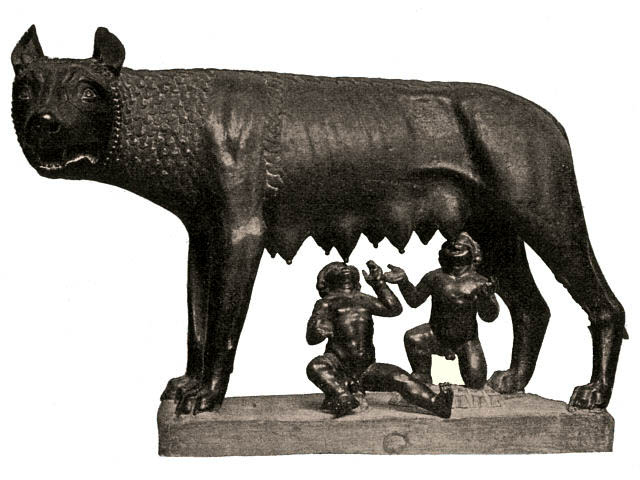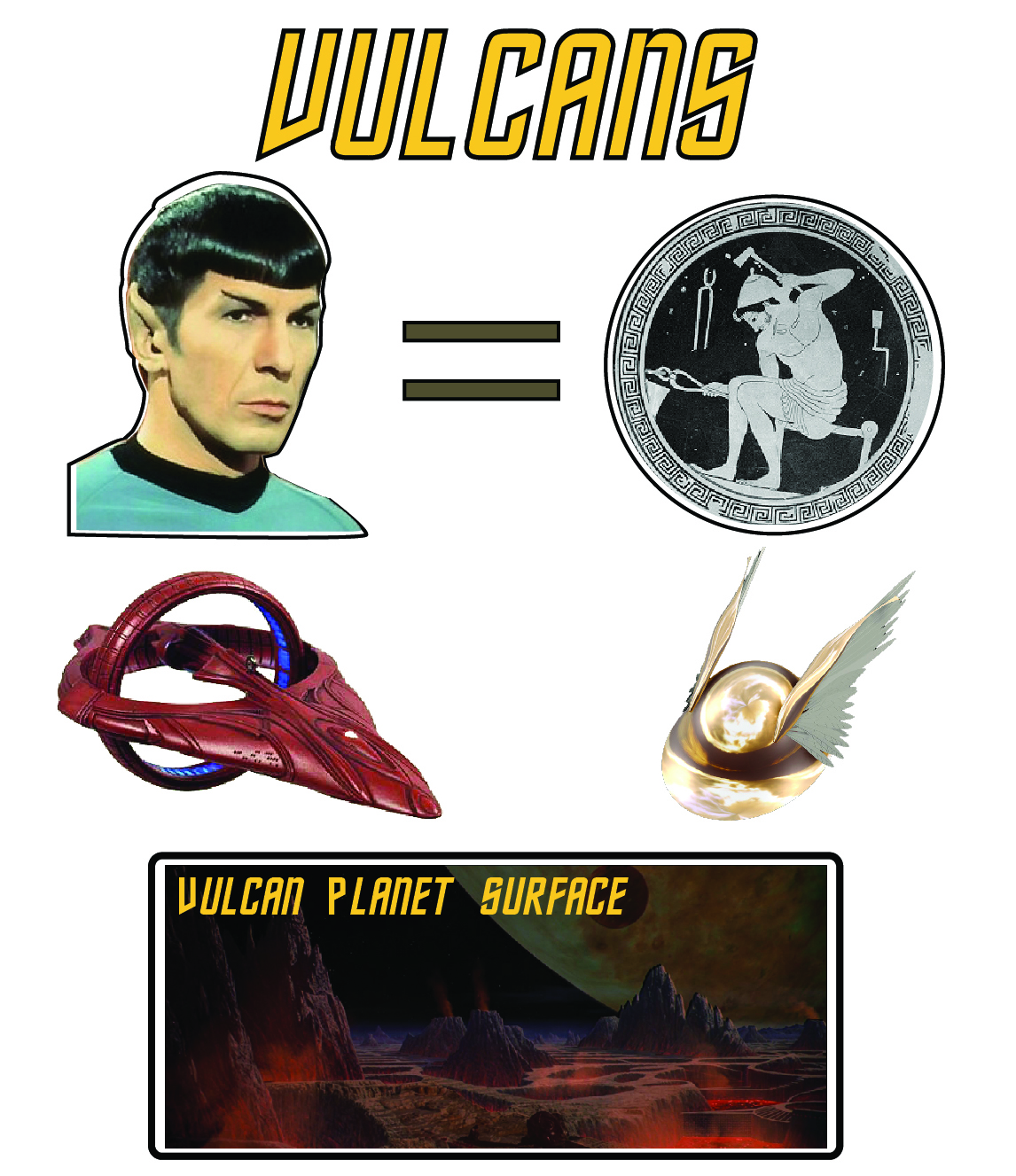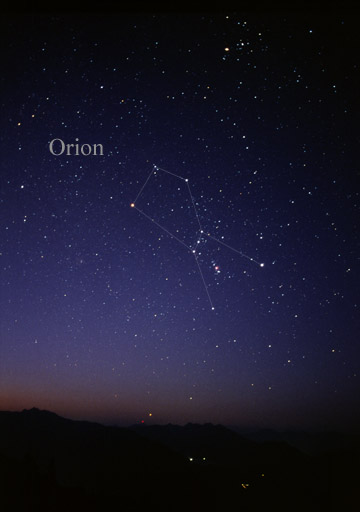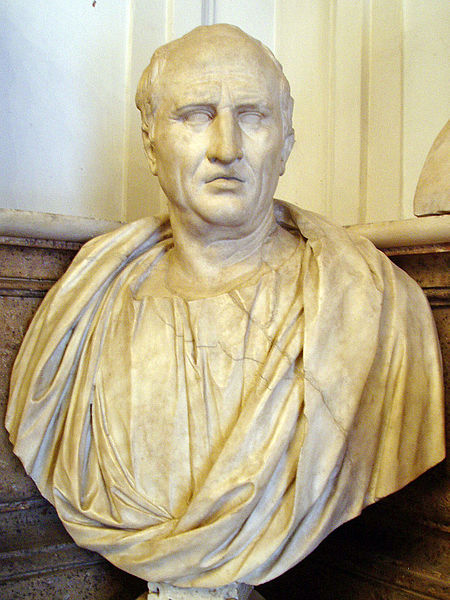10 Similarities Between Star Trek and Ancient Rome Posted by Brittany Britanniae on Mar 18, 2014 in Latin Language, Roman culture
Whilst trying to decide what to write for this week’s article, I was torn by many different avenues that inspire me. I am personally an avid fan of gender studies and societal transgressions, but these topics seemed a bit…heavy for this week. So, if you are by chance excited to see a blog on gender studies; please look forward to next week’s article on “Ancient Women in Modern Film.”
However, for this week I am interested to examine Star Trek and the depths within it that are of the Classical Tradition. By “Classical Tradition,” I mean to show the degrees in which this science fiction world has drawn from antiquity to create a universe that has a large and loyal fan base.
Let’s start off with the most obvious.
1. Romulus and Remus

Capitoline Wolf suckles the infant twins Romulus and Remus. Courtesy of Wikicommons & Jean-Pol GRANDMONT.
In Roman mythology, they are the twin sons of Mars and Rhea. Romulus is fated to find Rome (which is hence named after him), while Remus is destined to be killed at the hand of his brother.
In Star Trek mythology, Romulus and Remus were “twin planets” which revolved around the same star. However, their inhabitants and terrain were polar opposites. Romulans were related to Vulcans and came from a planet very similar to Earth or Vulcan (Class M planet); while Remus was a harsh planet whose inhabitants were considered of a lower class.
2. Vulcan
In Roman mythology, Vulcan was another name for the god Hephaestus. He was the god of crafting, blacksmithing, and even volcanoes.
In Star Trek mythology, Vulcans came from a planet, Vulcan, which was full of volcanoes. Vulcans were known for being skilled with crafting and creating new technology. One writer touches upon the subject very nicely (here).
3. Planet Names [which do not have connecting features between the name and terrain/inhabitants]
Many of the planet names in Star Trek derive from mythological characters or beings; these include (but are not limited to)
-Nausicaa, Cerberus, Gaia, Isis III, Janus VI, Kronos, Minos, Oceanus IV, Persephone V, Pollux IV, Sarpedion V,…
4. Orion(s)
In Roman mythology, he was a skilled hunter and friend of Artemis. But when Artemis felt herself tempted by his prowess she sent a giant scorpion to kill him. Thus the constellations Orion and Scorpio were formed.
In Star Trek mythology, Orion was a planet. It inhabitants were known as Orions and were a race of green (or blue) skinned humanoids. They were an animalistic and primal race in which the women used the men as slaves. (This is somewhat reminiscent of the mythical Amazons and mirror Artemis’ nature more so than Orions.)
5. Magna Roma
In Roman mythology, this was the Latin phrase for “Great Rome.” It referred to both the city of Rome and the female entity that was consider Rome.
In Star Trek mythology, it was the name of a planet (or 892-IV) that is visited in the episode “Bread and Circuses.” The planet is almost identical to Earth and therefore referred to as a” parallel planet.” It was classified as a parallel planet, because it showed what Earth may have become if the Roman Empire had not fallen. The presence of gladiatorial game, slaves, the Senate, and even the Praetorian Guard were present in the 23rd century.
6. Klingons
In accordance to ancient history, the Klingons seem to mimic the famous Spartans and their militaristic society. One argument (although weak) attributes the Klingon name to the ancient Greek κλίνω (kiln-o) [Latin form inclinare] meaning “to incline, to bend, to lean, to turn” (perhaps in reference to the Klingon forehead), but κλίνω can also have the meaning “to turn the ride of war.” Both meanings would serve the Klingons accurately.
You have seen the film 300, but have you heard of 300 Klingons? Watch on…
7. & 8. Jean Luc Picard and The Federation
Jean Luc Picard is as captain of the starship Enterprise is criticized by his mentor/father figure that:
“You’re like a Roman centurion off patrolling the provinces — the maintenance of a dull and bloated Empire.”
The parallel to the captain as a centurion, the planets as provinces, and the Federation to the Roman Empire is often eluded to, but not often stated in the Star Trek series. This lines offers to its audience a chance to meld antiquity and historic references to science fiction ones in a direct manner (which is not often seen).
*Fun Fact: Patrick Stewart, who plays Jean Luc Picard, actually plays a centurion in I, Claudius.
9. James Tiberius Kirk and Nero
In the recent Star Trek franchise, the 2009 film Star Trek, an alternative reality is created and affects all the character’s lives. It is ironic that our hero James Tiberius Kirk would be born and shortly afterwards the villain Nero makes his appearance. What I am attempting to hit on here are the names: Tiberius and Nero.
In history, Tiberius was an ancient Roman emperor and was often known for his lewd and lusty behavior, but he was also known for making spectacles of himself. While Nero was to be the second emperor after him and brought destruction and chaos. Is there perhaps a bit of mirroring with these Star Trek characters and the emperors? It is interesting that Roman emperor’s names would be used so freely in a science fiction series.
10. Inter Arma Enim Silent Leges
“Inter Arma Enim Silent Leges” is the name of an episode of Star Trek (Deep Space 9 to be exact), which employs a Latin title. The title is actually a quote from the ancient Roman orator Cicero meaning ” In time of wars; the law falls silent.” The title and quote are actually used to justify a questionable tactic to which one person asks “”Is that what we have become? A 24th-century Rome?” The question rings clear in both its parallelism and its indications of the Romulan Empire and the Roman Empire.
CONCLUSION
There is a clear and distinctive portrayal of antiquity with Star Trek. Whether it be through mythology, historical people, quotes, or epics, Star Trek makes good use of the wealth of information from antiquity. While some references may simply be in the form of a planet’s name or a vessel name, other times the parallel between the historical or mythological and the science fiction are clear. It is important to observe these similarities, because it further emphasizes the influence antiquity still has on modern day audiences. It shows how ancient ideals and mores are still used today to explore a story’s message. The Classical Tradition is not dead, but in fact far from it. It would seem that science fiction is the new frontier for antiquity to be employed and make its outreach.
Extra:
There have been several episodes that have had an ancient theme to them such as:
Bread and Circuses; read on it (here).
Inter Arma Enim Silent Leges; read on it (here).
Plato’s Stepchildren; read on it (here)
Who Mourns for Adonis?; read on it (here)
Side of Paradise; read on it (here)
You can watch most of these on a Netflix or Hulu subscribe Account.

Build vocabulary, practice pronunciation, and more with Transparent Language Online. Available anytime, anywhere, on any device.
About the Author: Brittany Britanniae
Hello There! Please feel free to ask me anything about Latin Grammar, Syntax, or the Ancient World.







Comments:
David Emery:
“Fun Fact: Patrick Stewart, who plays Jean Luc Picard, actually plays a centurion in I, Claudius.”
Well, characterizing Sejanus as ‘a centurion’ is kinda like characterizing Augustus as ‘a senator’…
Ruth Breindel:
As an avid ST fan, I have also noted these items. Let’s not forget “the needs of the many outweigh the needs of the few or the one” (quite paraphrased – I have no auditory memory, despite having heard that phrase about 80 times…).
Surazeus Simon Seamount:
I noticed the similarity of the Federation to the Roman Empire in the 1990s, ships exploring worlds on the Mediterranean rather than the galaxy. I always equated the Klingons with the Persian Empire.
J J Markin:
As an erstwhile classicist, I must have been subconsciously aware of all this, but ancient Rome was so much a part of my daily life that I confess that, until I read your article, I hadn’t really noticed it as clearly as I might have. Thanks.
I watched OST in high school and college during its first run back in the late ’60s and saw only sporadic episodes of most of the later spin-offs (yeah, I’m ancient!), much of what you wrote was new to me. Again, thank you. Altogether a very interesting piece.
One minor correction, though: Nero was third emperor after Tiberius, not second. (The Julio-Claudian dynasty: Augustus, Tiberius, Caligula, Claudius, Nero.)
joseph:
The classic series as well a TNG is avalable on AMAZON and for those who have Prime membership its free.I think with DS9 this is as well